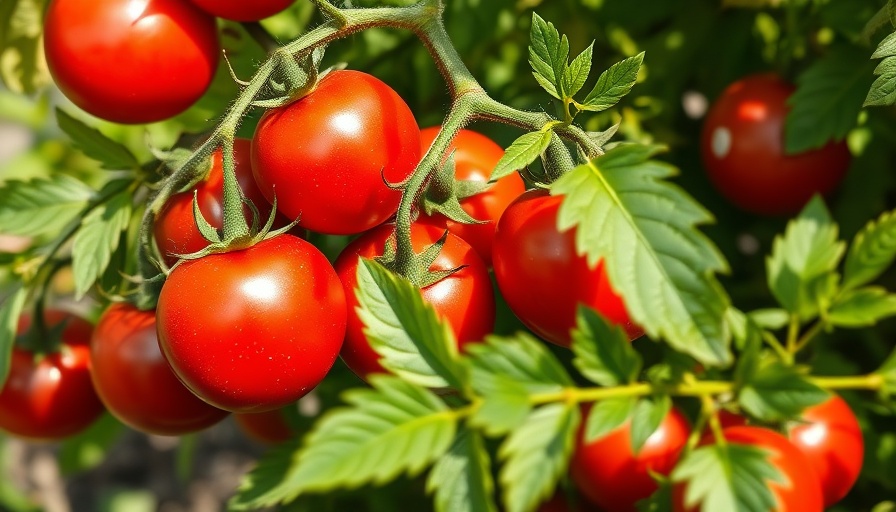
How to Keep Birds from Eating Your Tomatoes: Essential Tips and Techniques
For many gardeners, the joy of cultivating tomatoes can quickly turn into frustration when feathered friends start pecking at their prized crops. While birdwatching is generally a delight, those charming creatures can transform into a harmful nuisance, especially as ripe tomatoes begin to grace your garden. Various species such as blue jays, robins, and mockingbirds don’t just enjoy the flavor; they’re often attracted to the moisture found in juicy tomatoes. This article offers actionable strategies that allow you to protect your tomatoes while still fostering a welcoming environment for birds that help with natural pest control.
Providing Alternatives: A Simple Yet Effective Strategy
One effective way to prevent birds from targeting your tomatoes is to offer them alternative food and water sources. You want to lure these birds away from your garden while simultaneously contributing to a healthy ecosystem. Creating an attractive habitat nearby, stocked with fruiting trees, berries, and bug-rich planting beds can divert their attention from your tomatoes. In addition, bird feeders with dried fruits and nuts can entice them to feast elsewhere. As the old adage goes, if you put out both broccoli and chocolate cake, most will gravitate toward the sweeter option. Birds are no different—if there’s something more appealing in their vicinity, they’ll leave your tomatoes alone.
Utilizing Birdbaths for Hydration
A birdbath can also serve as an effective distraction. Many birds prefer sipping water to pecking at your vegetables. Regularly refreshing a shallow bowl of water will quench their thirst and encourage them to stay focused on hydration rather than your crops. Incorporating water features into your garden not only solves the immediate problem but also supports birds in their seasonal migrations and attracts various wildlife right to your yard.
Innovative Scare Tactics: Get Creative!
While some traditional scare tactics may not be very effective, getting creative with your approach could prove beneficial. Hanging reflective objects, such as old CDs or aluminum foil strips, can dazzle the birds and keep them at bay. Wind chimes also work to distract with sound. Using visual cues such as fake predators—like plastic owls—placed strategically around your tomatoes can create an illusion of danger. Exploring various methods can lead to discovering what uniquely works in your garden.
Harvesting Early: A Proactive Approach
Another strategy worth considering is harvesting your tomatoes slightly earlier than usual. While this may mean fewer fully ripened tomatoes, it can serve as a buffer against the feathered thieves. When you notice that your tomatoes are just beginning to color, it might be time to take them off the vine. You can allow them to ripen in your home, where they will be safe from birds, while also managing your crop yield effectively. This is particularly useful for farmers in urban and suburban settings, where wildlife interactions tend to rise.
Accepting Your Helpers: The Insectivorous Birds
It’s crucial to distinguish between birds that harm your tomatoes and those that can help your garden thrive. Species such as swallows and flycatchers are insectivores that are vital for pest control, feeding on caterpillars and beetles that threaten your plants. Encourage these beneficial birds to flourish while managing their impact on your tomato crop. Implementing effective pest management strategies alongside protecting your tomatoes will give you a dual benefit.
Conclusion: Embrace a Balanced Gardening Approach
Dealing with birds in your garden doesn’t have to lead to despair. By adapting your gardening approach through strategic planning, providing alternative food sources, being proactive with harvesting, and identifying which birds benefit your ecosystem, you can focus on nurturing a flourishing garden. Remember to embrace the beauty of birds while advocating for your crops. For more tips and tools that promote self-sufficiency and sustainable living, explore implementations that enhance your gardening experience.
 Add Row
Add Row  Add
Add 




 Add Row
Add Row  Add
Add 

Write A Comment